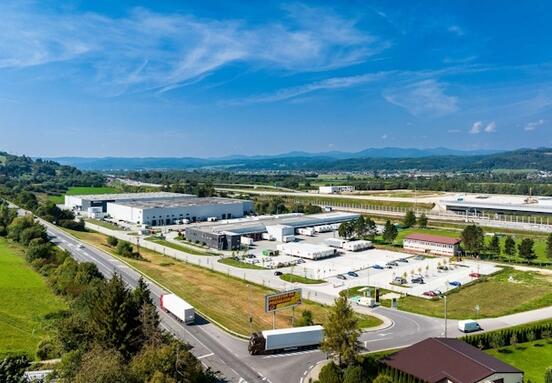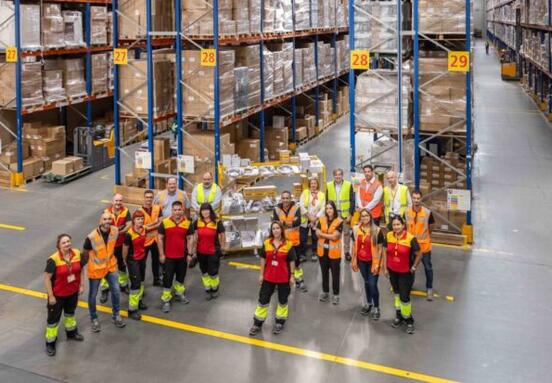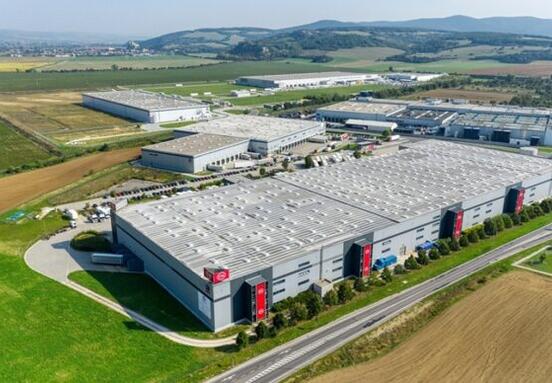Navigating Global Shifts: Strategic Location for Business Resilience
In today's dynamic business environment, geopolitical shifts and political uncertainties are no longer abstract concepts; they are tangible forces shaping crucial decisions for companies worldwide. A recent KPMG study, "Top Geopolitical Risks 2025," underscores how these risks influence everything from choosing operational locations and managing supply chains to investing in technology and forging new partnerships.
While some risks, like trade wars, impact all sectors, others, such as demographic changes affecting highly skilled workforces, pose specific challenges to industries like science and research. However, for organizations prepared to be flexible and innovative, these challenges simultaneously present significant opportunities.
Turning Risks into Strategic Assets
Pavol Adamec, Executive Director of Risk Management at KPMG Slovakia, highlights a proactive approach: "If we view risks as an asset, leaders can align risk management with long-term strategic goals and prepare their organizations for success." This perspective is vital when considering commercial real estate. Companies willing to embrace new strategies for supply chain management, technology integration, and workforce development can not only mitigate negative impacts but also gain a competitive edge.
The study recommends that businesses perceive geopolitical risks not merely as threats but as opportunities. "Volatility is gradually becoming the new normal, and companies must adapt their strategies accordingly," Adamec explains. This means re-evaluating where and how businesses operate. Shifting power and trade centers, for instance, can open doors to new regions, necessitating localized supply chains and attracting alternative investment sources – all of which directly impact the demand for and strategic placement of office and warehouse facilities.
The Role of Real Estate in a Volatile World
A rapidly changing technological landscape also demands a reassessment of IT infrastructure, the reliable deployment of AI, and enhanced cyber and energy efficiency. For businesses seeking office or warehouse space, this translates into a need for properties that offer robust connectivity, modern infrastructure, and perhaps even proximity to data centers or tech hubs. Adamec adds, "Organizations that can quickly identify potential attacks and rapidly restore operations after an incident minimize financial and reputational damage, strengthening trust with customers, employees, and suppliers." This emphasizes the importance of secure and resilient physical locations.
Furthermore, ongoing economic growth places increasing pressure on essential resources—energy, food, water, infrastructure, housing, and technology. As global demand for resources intensifies, the strategic location of operations becomes even more critical for resource access and logistical efficiency.
KPMG's Top Geopolitical Risks and Their Real Estate Implications
The KPMG study identifies five significant geopolitical risks, each with direct implications for a company's real estate strategy:
1. Significant Shifts in Power, Economic Centers, and Trade
The imposition of tariffs and the emergence of new economic hubs outside traditional investment centers necessitate a flexible approach to market entry and expansion. Businesses may need to establish new regional offices or distribution centers in emerging markets, requiring agile lease agreements and a deep understanding of local market conditions.
2. Fragmented Tax and Regulatory Frameworks
Diverging regulatory and tax policies across regions mean that businesses must carefully consider the legal and compliance environment of their operational locations. This could influence the choice of countries for headquarters, manufacturing plants, or even satellite offices, demanding expert local knowledge in property selection.
3. Changing Technological Environment
With new players in generative AI challenging established tech giants, and regulators struggling to keep pace, businesses require spaces that support advanced technological infrastructure. Office spaces need to cater to evolving IT requirements, and warehouses might need smart logistics solutions, emphasizing high-speed connectivity and secure data environments.
4. Changes in Supply Chains, Assets, and Infrastructure
States are actively working to protect and diversify supply chains, while geopolitical tensions, conflicts, cyber-attacks, and climate events exert immense pressure on global firms. This trend drives the need for diversified warehouse networks, often favoring localized or "friend-shored" supply chains, reducing reliance on single-source locations, and increasing demand for resilient, strategically placed storage and distribution hubs.
5. Demographic, Technological, and Cultural Pressures on the Workforce
Aging populations, low birth rates, changing employee preferences, and the integration of AI alongside the need for reskilling pose significant challenges for the labor market. Office spaces must evolve to attract and retain talent, offering flexible work arrangements, collaborative environments, and amenities that cater to a diverse and technologically adept workforce. Location near talent pools and educational institutions becomes paramount.
By proactively addressing these geopolitical risks through a well-informed real estate strategy, businesses can not only safeguard their operations but also unlock new opportunities for growth and maintain a competitive edge in an ever-changing global landscape.
Source: systemylogistiky.sk







